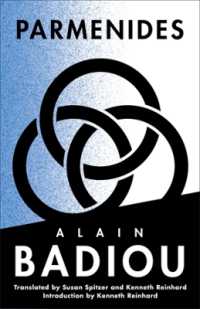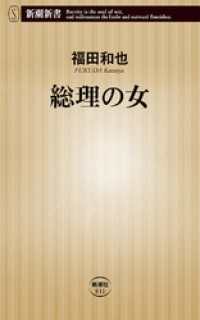- ホーム
- > 洋書
- > ドイツ書
- > Humanities, Arts & Music
- > Religion & Theology
- > judaism
Full Description
Over the past 30 years, scholars of early Jewish mysticism have, with increasing confidence, located the initial formation of Hekhalot literature in Byzantine Palestine and Sasanian or early Islamic Babylonia (ca. 500-900 C.E.), rather than at the time of the Mishnah, Tosefta, early Midrashim, or Palestinian Talmud (ca. 100-400 C.E.). This advance has primarily been achieved through major gains in our understanding of the dynamic and highly flexible processes of composition, redaction, and transmission that produced the Hekhalot texts as we know them today. These gains have been coupled with greater appreciation of the complex relationships between Hekhalot writings and the variegated Jewish literary culture of late antiquity, both within and beyond the boundaries of the rabbinic movement. Yet important questions remain regarding the specific cultural contexts and institutional settings out of which the various strands of Hekhalot literature emerged as well as the multiple trajectories of use and appropriation they subsequently travelled. In the present volume, an international team of experts explores—from a variety of disciplinary perspectives (e.g. linguistics, ritual and gender studies, intellectual history)—the literary formation, cultural meanings, religious functions, and textual transmission of Hekhalot literature.








